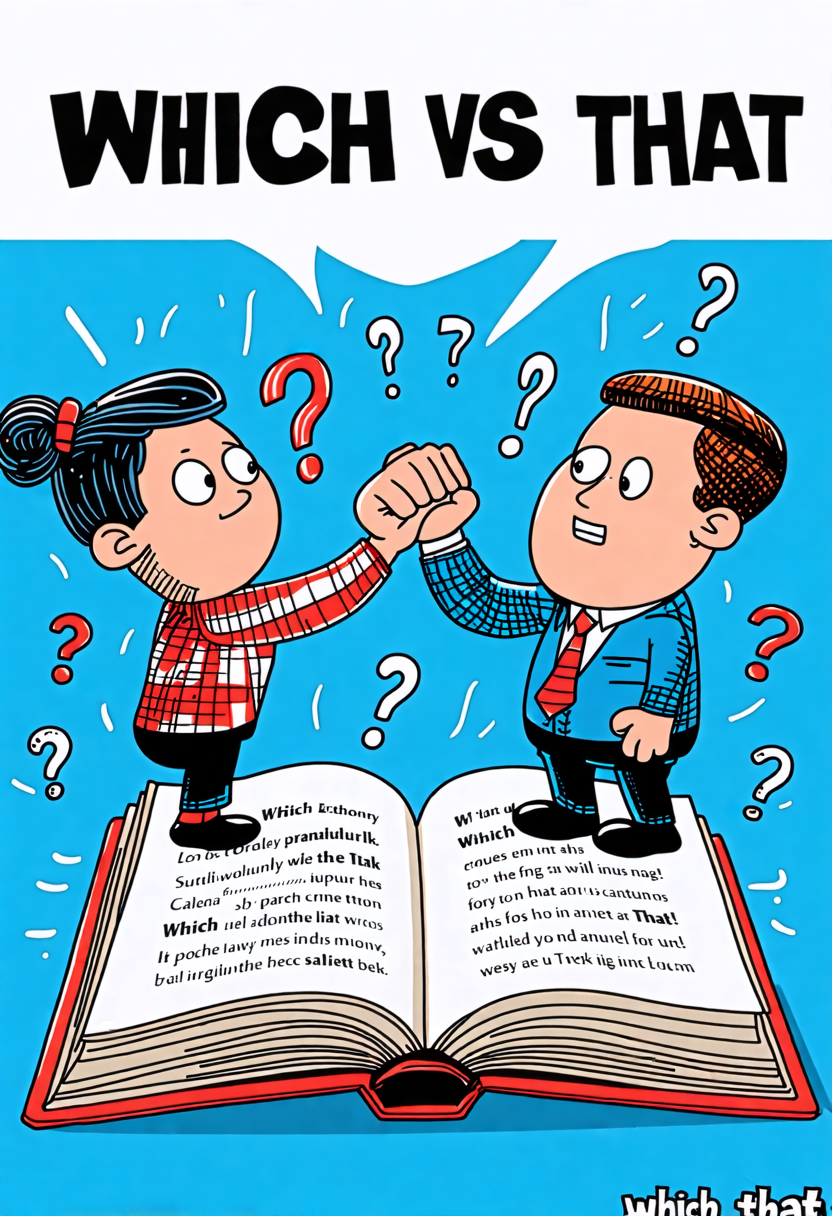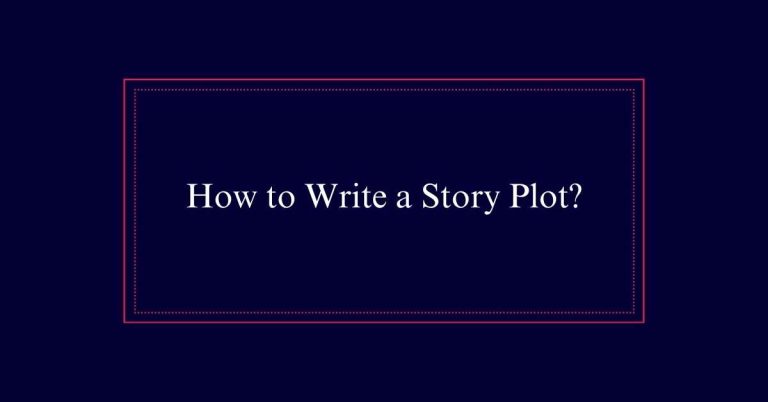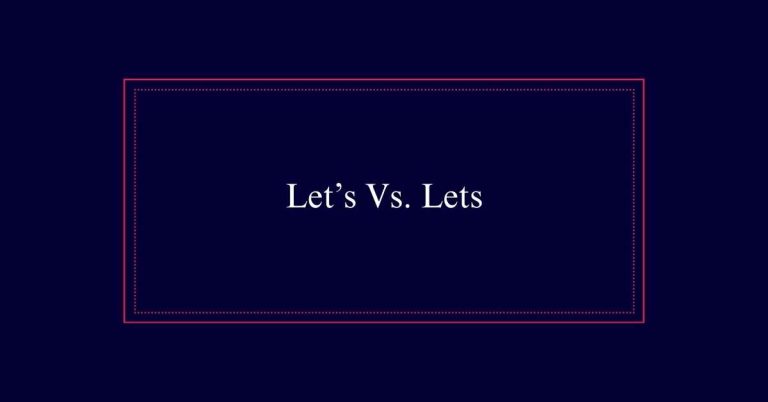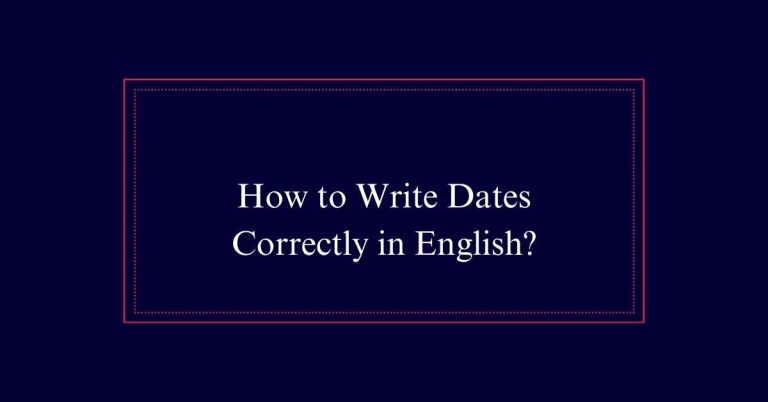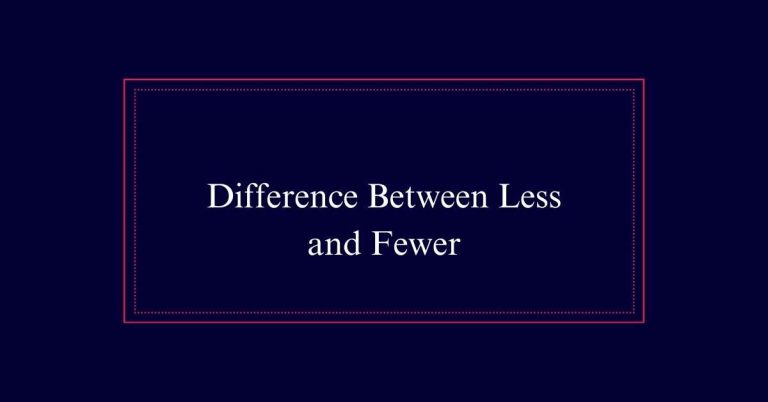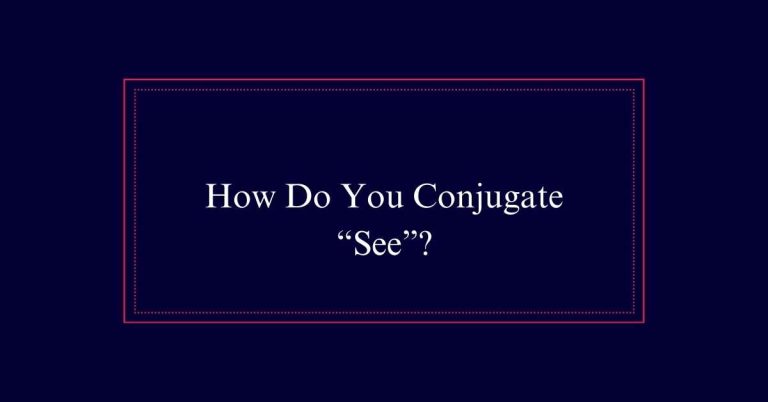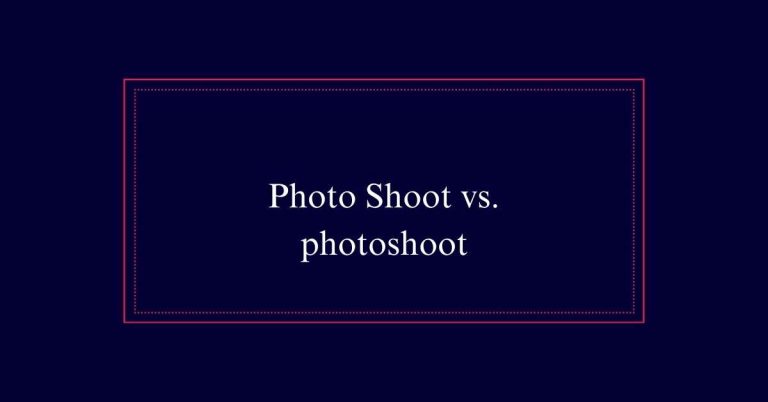Which Vs. That
Choosing between ‘which’ and ‘that’ is important for clarity. Use ‘which’ for nonrestrictive clauses that introduce additional information, and ‘that’ for restrictive clauses key to the sentence’s meaning. For example, ‘The book, which is on the table, is mine’ versus ‘The book that is on the table is mine.’ Nonrestrictive clauses with ‘which’ use commas, while restrictive clauses with ‘that’ do not.
Understanding Restrictive Clauses
Restrictive clauses, which are essential to the meaning of a sentence, specify and limit the subject being discussed. They help identify which particular item or group within a larger category is being referred to.
For example, in the sentence ‘The bike that has a broken seat is in the garage,’ the clause ‘that has a broken seat’ restricts the meaning to a specific bike. Using ‘that’ is important because it introduces these restrictive clauses, ensuring the sentence conveys the intended message.
Removing a restrictive clause often changes the sentence’s core meaning.
Nonrestrictive Clauses Explained
Nonrestrictive clauses, often set off by commas, add extra information to a sentence without altering its core meaning. These clauses provide additional details that are not essential to the sentence’s primary message.
For instance, in the sentence ‘My car, which is red, is parked outside,’ the phrase ‘which is red’ offers extra information about the car but is not vital to the sentence’s main point.
Nonrestrictive clauses are useful for adding context or interesting details. They help elaborate without changing the fundamental message. Importantly, the sentence would still make sense if the nonrestrictive clause were removed.
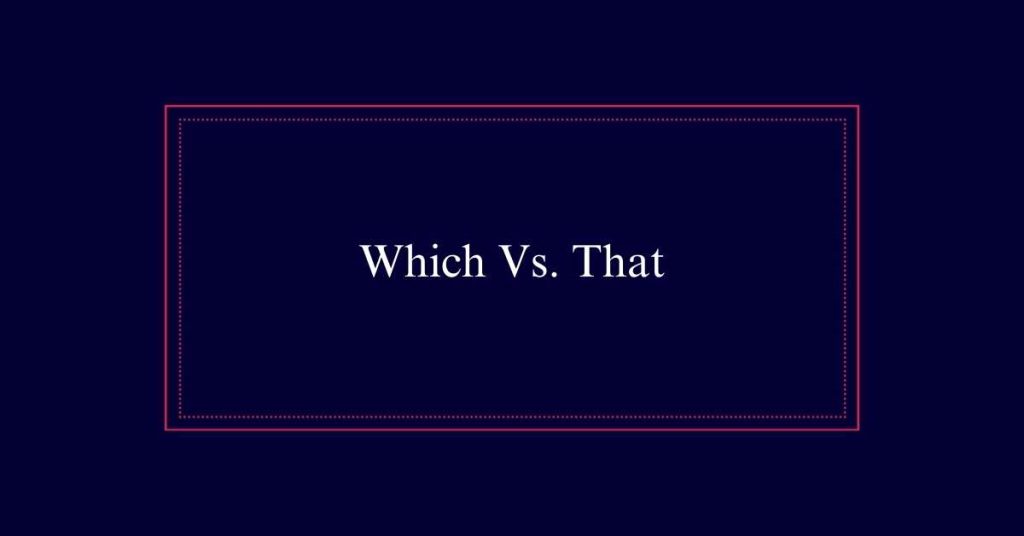
‘Which’ for Additional Information
‘Which’ is used to introduce additional information that is not essential to the sentence’s core meaning. This nonrestrictive clause provides extra details that can be removed without altering the sentence’s primary message. Typically, nonrestrictive clauses are set off by commas.
For instance, consider the sentence: ‘My car, which is red, is parked outside.’ The clause ‘which is red’ offers more information but doesn’t change the main point about the car being parked outside.
To summarize, use ‘which’ for:
- Nonrestrictive Clauses: Introduce information that isn’t essential.
- Additional Details: Offer interesting but non-critical facts.
- Comma Usage: Set off by commas to indicate extra information.
‘That’ for Necessary Details
That’ is used to introduce essential information that defines or limits the subject of a sentence. This type of clause is known as a restrictive clause. It is important because it narrows down the meaning, specifying which particular item or group is being discussed.
For example, ‘The book that has a blue cover is mine.’ Here, ‘that has a blue cover’ is necessary to identify which book is being referred to. Without this restrictive clause, the meaning would be unclear.
Commas With Nonrestrictive Clauses
Proper punctuation is key when dealing with nonrestrictive clauses, particularly the use of commas. Nonrestrictive clauses add extra information to a sentence. This added detail is not essential to the main point but provides additional context. Commas set these clauses apart from the rest of the sentence, guaranteeing clarity.
Here’s how to use commas with nonrestrictive clauses:
- Identify the clause: Determine if the clause adds nonessential information.
- Place commas correctly: Insert commas before and after the nonrestrictive clause.
- Avoid confusion: Guarantee the sentence’s primary meaning remains clear without the clause.
Examples of ‘Which’ Usage
Nonrestrictive clauses, introduced by ‘which,’ provide additional information without altering the core meaning of a sentence. These clauses are set off by commas and add extra details that can be interesting but are not essential.
For example, ‘My bike, which has a broken seat, is in the garage,’ offers extra information about the bike without changing the fact that it is in the garage. Another instance is, ‘The book, which I finished last night, was very enlightening.’ Here, the clause ‘which I finished last night’ gives more context but does not affect the main statement about the book being enlightening.
Examples of ‘That’ Usage
Unlike nonrestrictive clauses introduced by ‘which,’ restrictive clauses introduced by ‘that’ are essential to the meaning of a sentence. They define and limit the subject, making the information crucial. For example, consider the sentence: ‘The bike that has a broken seat is in the garage.’ Here, ‘that’ specifies which bike is being referred to.
To clarify further, here are three examples:
- The book that you lent me was captivating.
- The house that Jack built is now a museum.
- The students that scored above 90 will receive awards.
